About The Frictionless Way
I teach a new topic every month in my meditation classes. This month's topic is The Frictionless Way, a meditation learning framework.
The frictionless way is the set of practices that I've learned students can most easily integrate into their lives. This allows them to get many of the benefits of meditation without needing to sit down for half an hour every day.
After all, if meditation doesn't integrate with and benefit your life, there's no point in doing it.
Checking in
Checking in is the process of becoming aware.
Checking in is stepping back from a chaotic internal narrative and the constant procession of external events and activities that parade before us in our repetitive, busy lives.
To break out of the continuous loop of internal and external activity, we must build a habit of being present in our daily lives. This is part of my Frictionless Way mindfulness and meditation framework.
Posture
The stress created by living in our modern world creates what is known as the stress posture. We may lean forward, with our jaws tight, frowning, squinting, and shoulders tense. Look around you, and you will see these signs of stress on the faces and in the postures of many people as they go about their daily lives.
The stress posture maintains tension, which then feeds back into our stress. This becomes a negative feedback loop we need to intervene in, and this is how to do it.
To release this tension and subsequently release our stress, we do the opposite of the stress posture:
- Sit in a position that feels most stable and supported.
- Move your elbows back to the sides until your head is balanced comfortably on top of your spine.
- If necessary, circle your head on your neck until you find that sweet spot.
- Place your tongue gently against the back of your top teeth, so it is softly in contact with the sharp part of your bottom teeth.
- Breathe.
Returning to The Breath
The stress created by living in our chaotic modern world causes us to breathe more quickly from the top of the chest.
When we discover we are stressed, it's useful to be able to intervene in it as it tends to accumulate.
To intervene in stress, it's useful to begin by following the suggestion I made as part of the posture guidance.
Place the tongue against the back of the top teeth and leave it gently in contact with the sharp part of the bottom teeth. This causes us to breathe more deeply, causing us to breathe from the upper part of the belly and the lower part of the chest rather than from the shoulders and upper chest.
Deeper breathing has two effects:
- It clears carbon dioxide and carbon monoxide from the lower part of the lungs. This enables your body to regulate the key physical balance between oxygen and carbon dioxide more effectively.
- Breathing deeply slows down the breath, which helps us to transition from alertness and stress to calmness, focus, and relaxation. Once we are breathing more efficiently, we can then gently extend the out-breath.
Extending the out-breath is an ancient yogic practice known as Pranayama.
The easiest way and most comfortable way to extend the breath is to cause the out-breath to become audible. This can be just internally audible, so only you can hear, or if you are alone, audible in a way that others would hear you. Making the out-breath audible extends it and moves the body from stress to relaxation.
Relaxation
The body regulates stress by balancing the stress-on and stress-off states. There is no balanced stress state; there is only an on-and-off switch.
Each time you breathe in, stress increases, and each time you breathe out, stress decreases. This is how the body balances your stress: Stress-on, stress-off. This stress reduction is known as Relaxation.
Relaxation isn't sitting in front of your TV with a glass of wine or any of the many activities we call relaxation, which are often not relaxation but distractions from our stress.
To train our bodies to relax, we must unlearn the stress response created by a lifetime of constant stimulation and activity.
The way to learn relaxation is through a process known as incremental relaxation, which consists of focusing on a single body part while we stay focused on an extended out-breath as I described in the previous section.
We then progress through the body, focusing on every part where we identify tension and stress, focusing on the out-breath, releasing that tension, and continuing. This is known as incremental relaxation because we relax a little bit more with each out-breath and learn to relax a little bit more with each training session.
This works through a process known as association. It is pretty much how the brain works. We are associating the out-breath (relaxing the body) with focusing on the stress area with intent. In time, we can learn to switch off our stress.
To break into the continuous loop of internal and external activity and chatter, we must build the habit of becoming present in our daily lives. This is all part of my Frictionless Way mindfulness and meditation framework.
Checking in and the practices that contribute to it is only a small part of the frictionless way and the frictionless way is only a small part of my training. What I teach is accessible and inclusive. You can join us for four live group-guided classes every week for the same price as a weekly Starbucks latte. There is zero commitment. The first month is free. Click Subscribe to join us.


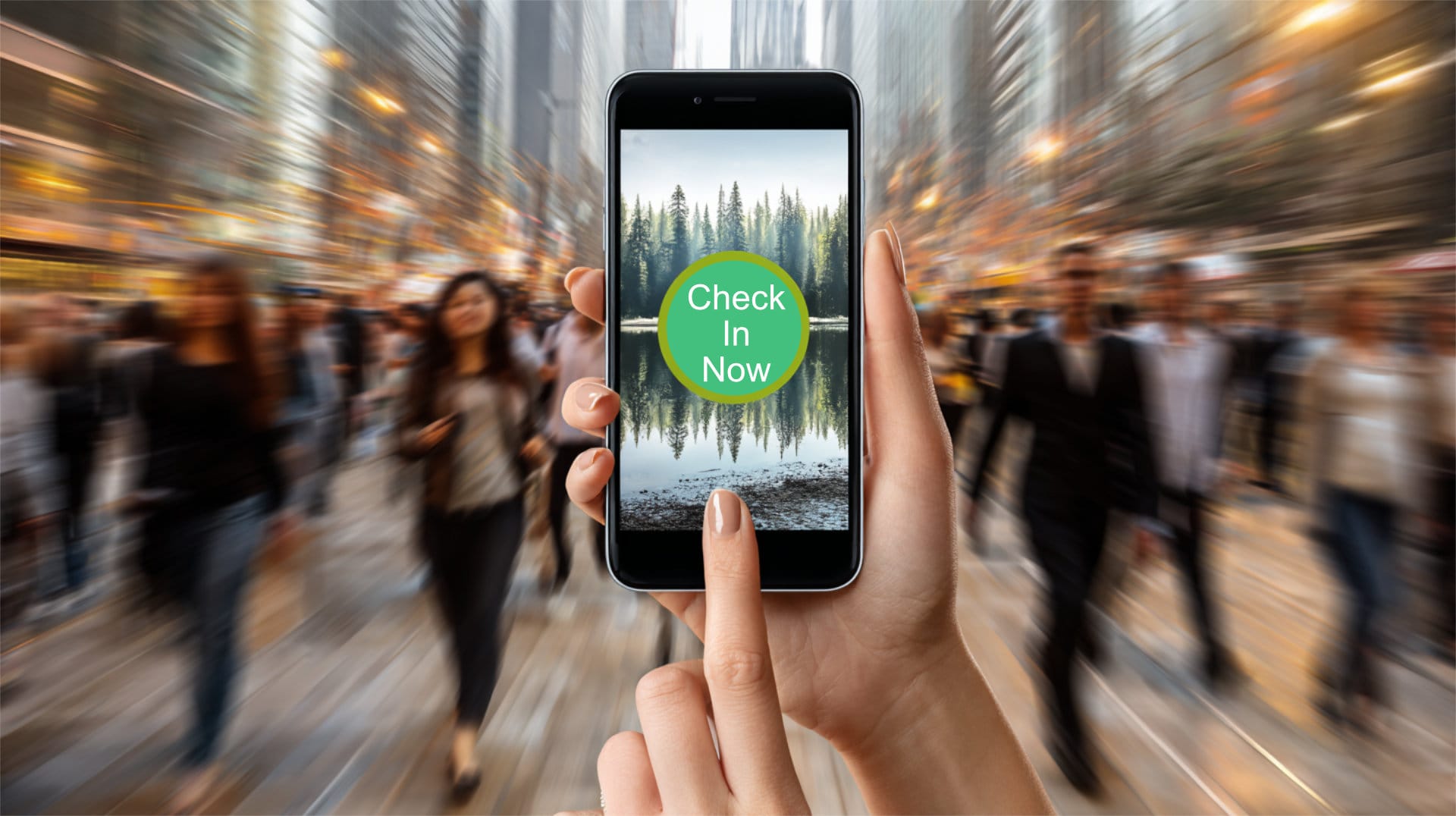


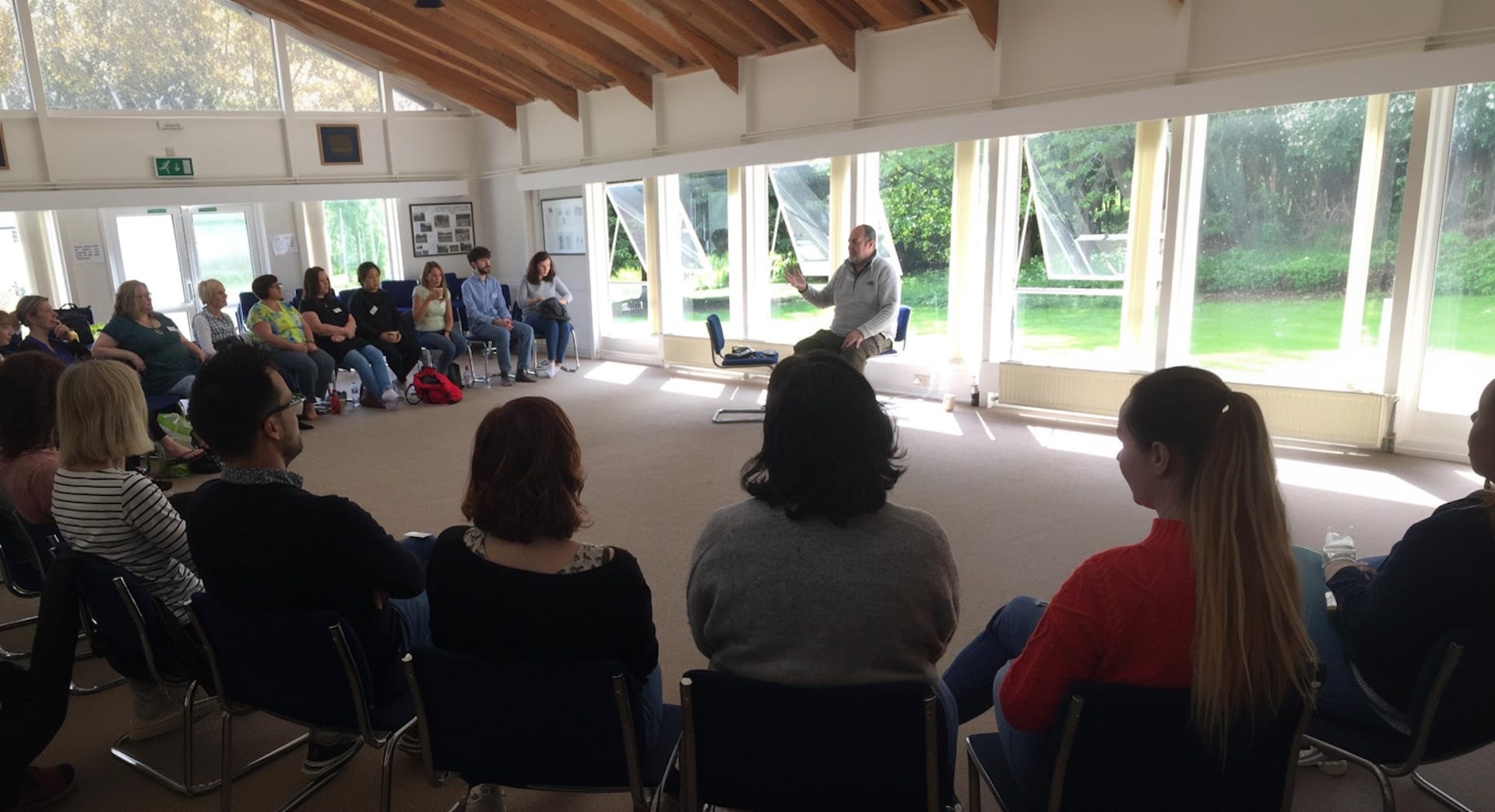

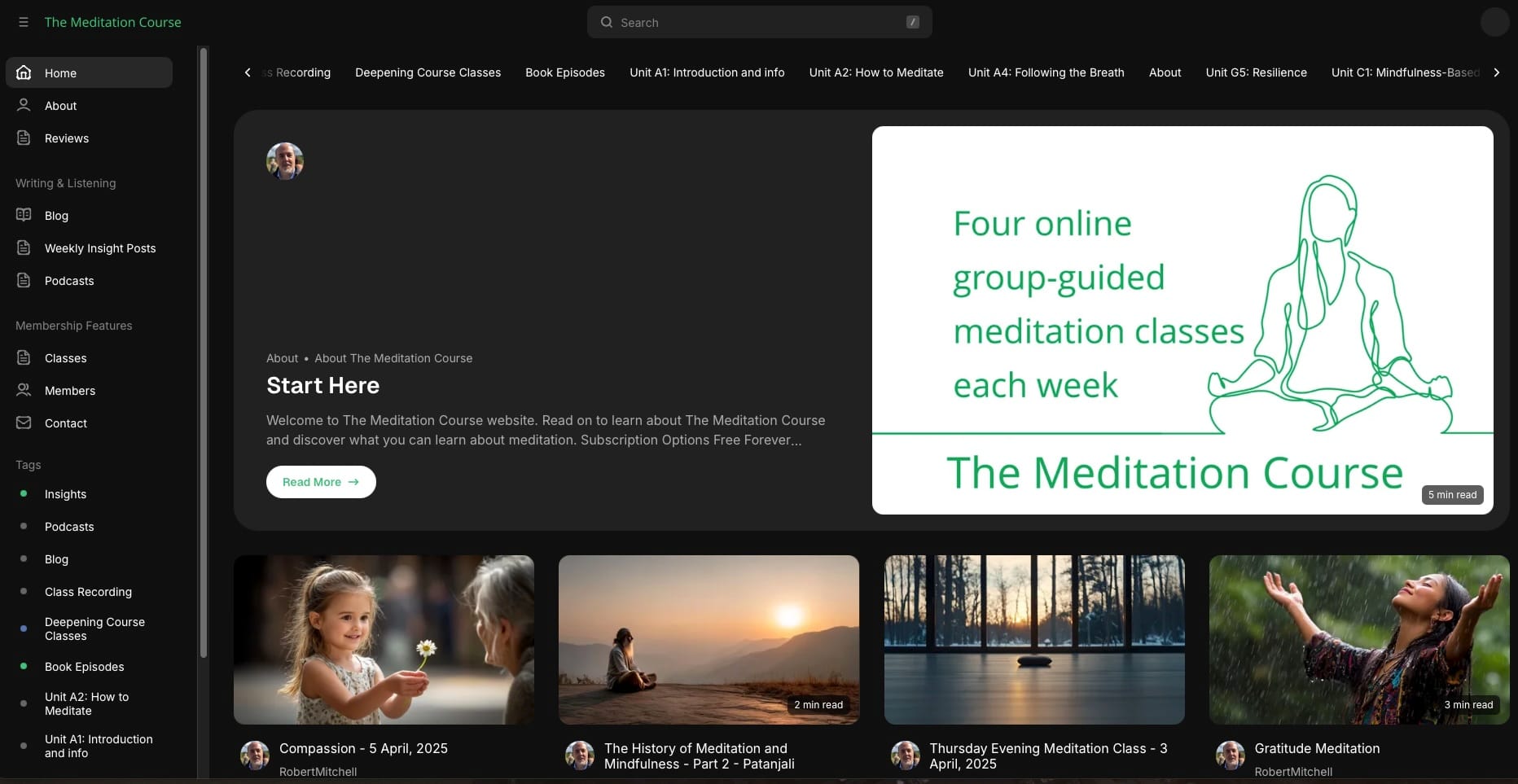

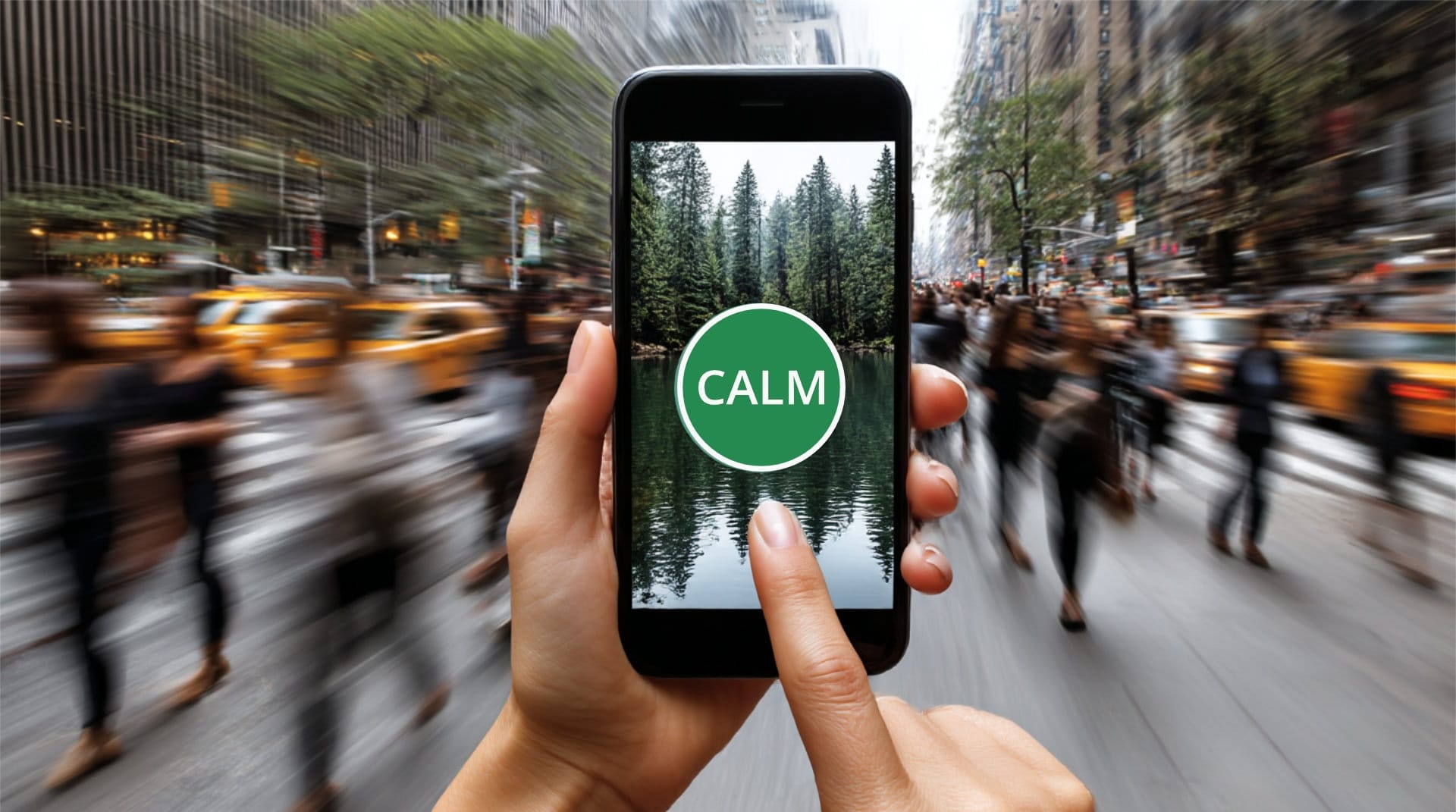
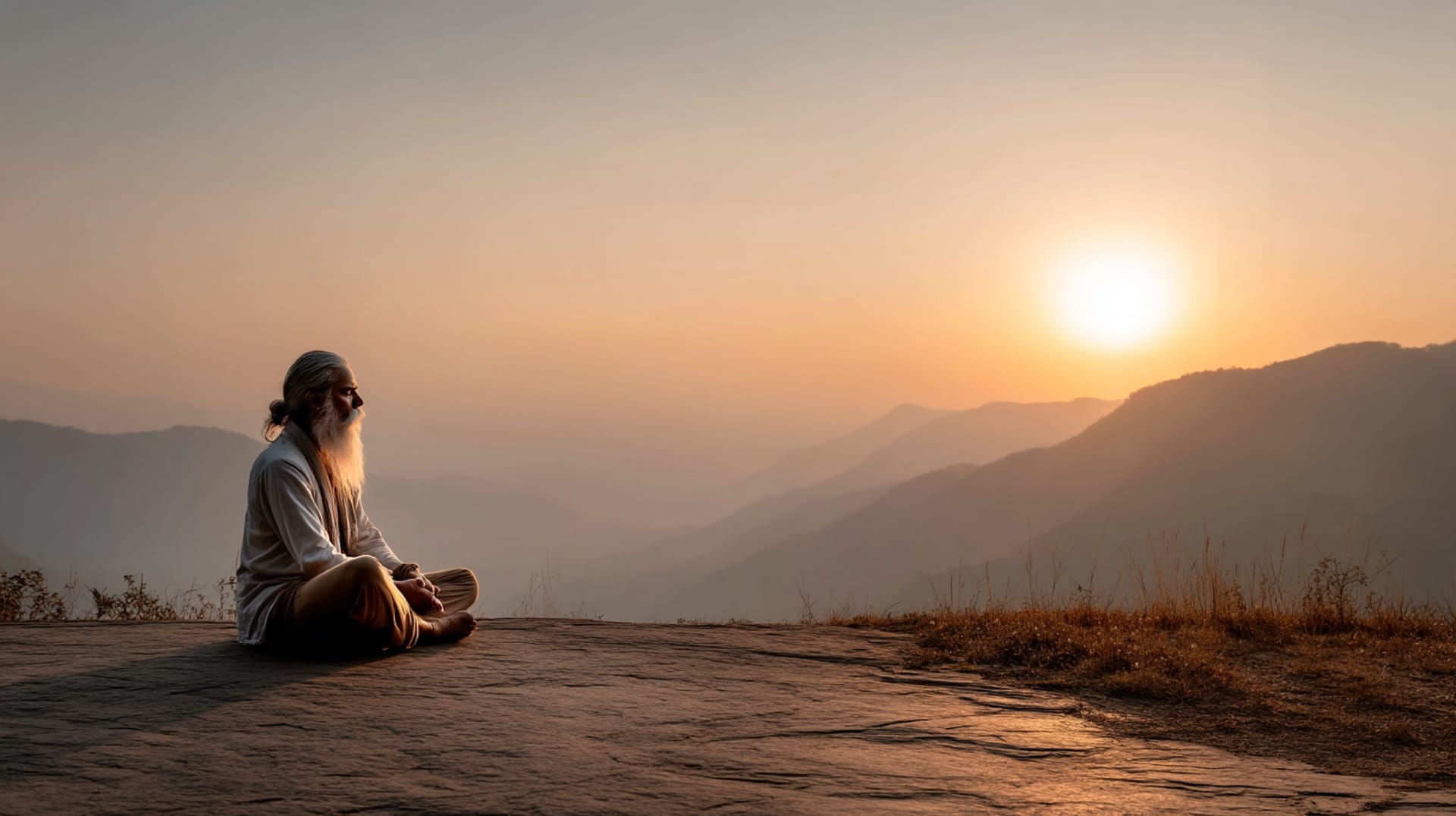

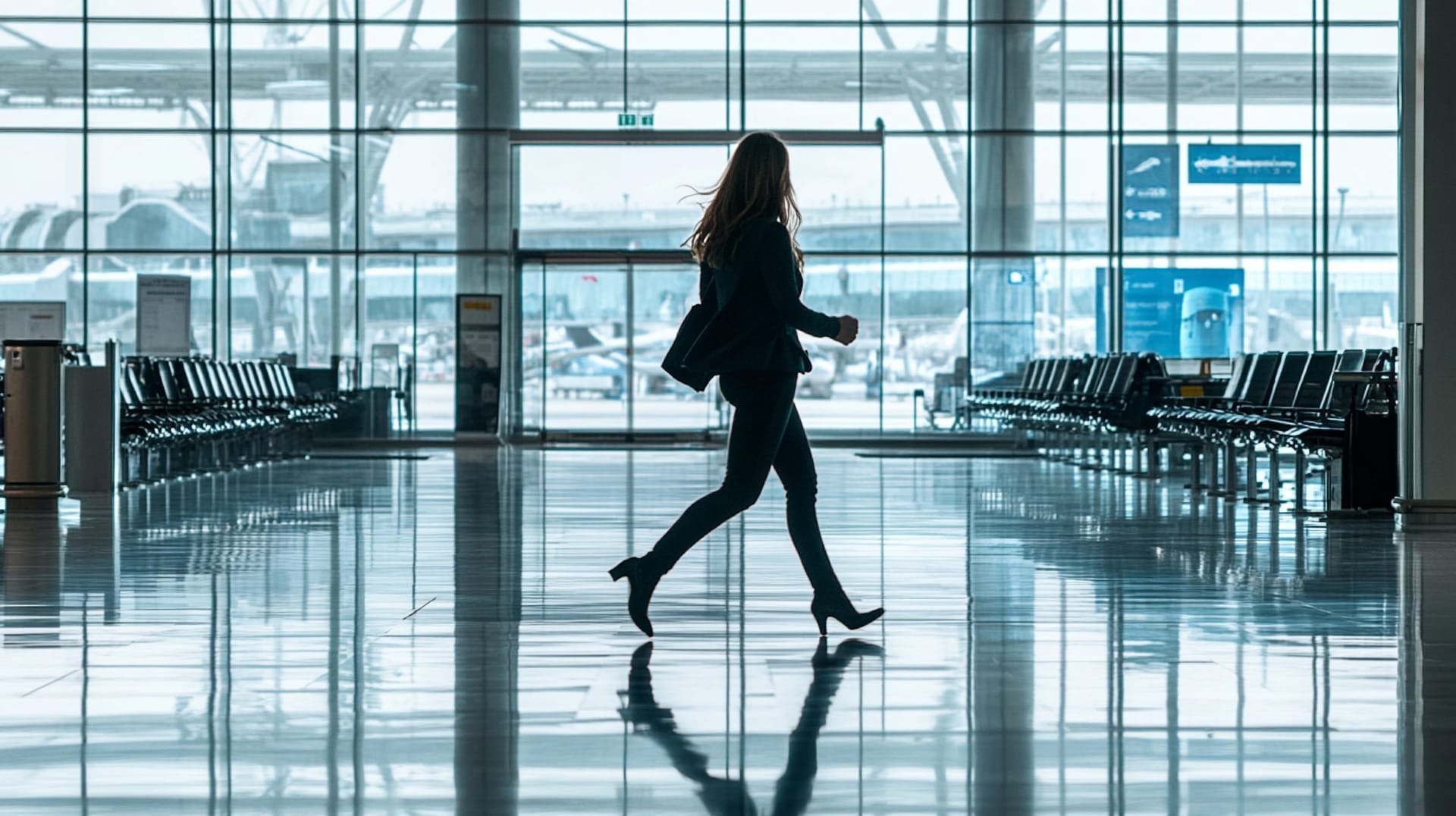
Discussion